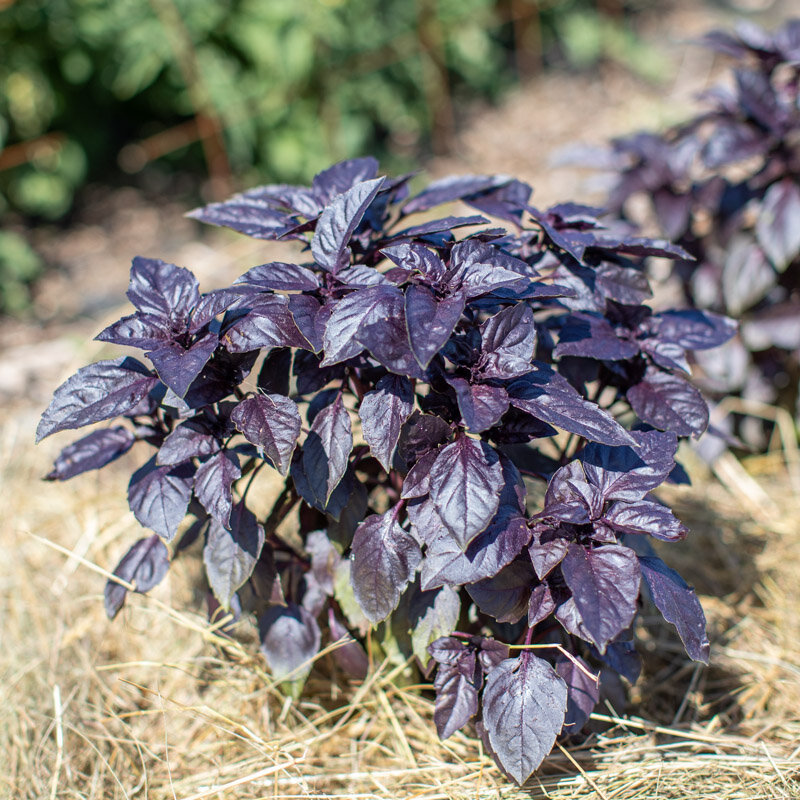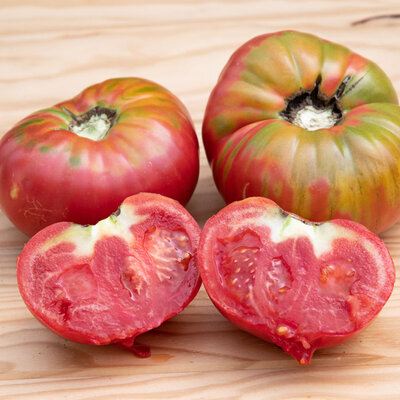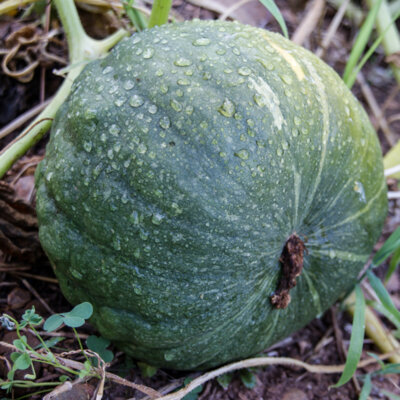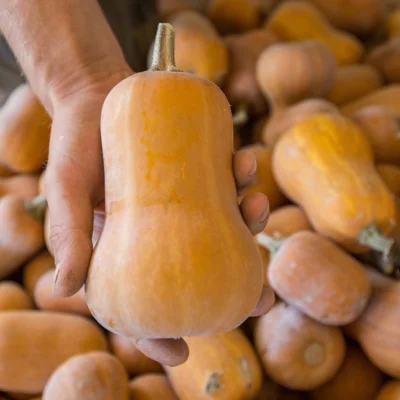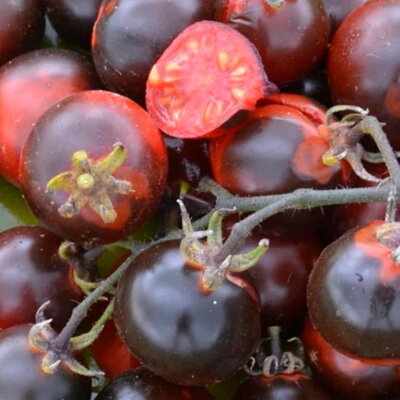Purple Dark Opal - Basil
This particularly decorative variety features large, pointed leaves in changing colors from brilliant purple to dark green, as well as mauve blossoms.
It was developed by John Scarchuk and Joseph Lent at the University of Connecticut in the 1950s and won an All-American Selection award in 1962.
These products may also be of interest to you
in bucket
Sow in trays at temperatures between 18 and 20°C, under a well-lit shelter, 6 weeks before planting. Transplant into individual cups when plants have 4 to 5 leaves, or plant directly into warmed soil, spaced 25 to 30 cm apart. Take care not to over-water to avoid the risk of wilting.
March, April, May, June
June, July, August, September, October
in the ground, in pot, in the greenhouse
full sun
medium
potting soil, sandy, gravel, humus
drained, light, reheated
Ocimum basilicum
mid-season
200 seeds
Violet
fragrance, edible
From 20 to 30 cm
From 5 to 10 cm
pointed
United States
This variety was developed by John Scarchuk and Joseph Lent at the University of Connecticut in the 1950s.
Varieties of Ocimum basilicum are known everywhere for their aromatic qualities, but they also possess numerous medicinal virtues that we take advantage of every time we use them to make, for example, a famous pesto. As well as being pleasant to the palate, they stimulate the appetite, relieve epilepsy, intestinal spasms, difficult digestion, anxiety, stress, dizziness, nervous insomnia, migraines, rheumatism, colds and coughs. They also relieve bloating and flatulence, and are immunostimulant. Basil leaves are antioxidant and can be used in essential oils, infusions or simply raw.



